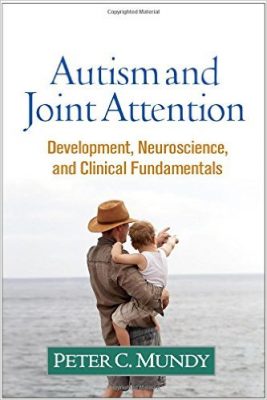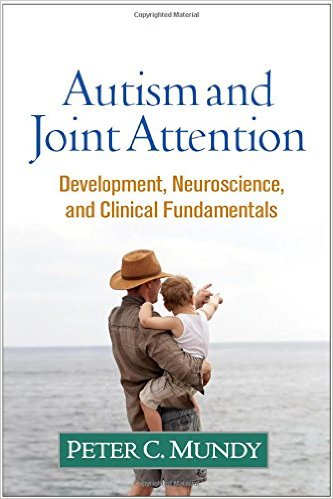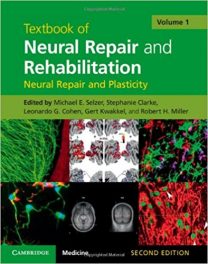 Author: Peter C. Mundy, PhD
Author: Peter C. Mundy, PhD
Publisher: Guilford Press – 350 pages
Book Review by: Sonu Chandiram
Joint Attention and its relationship with the development of autism is the principal focus of this rather uniquely valuable book
What is Joint Attention? It is defined on the front cover flap of this book as “the ability to adopt a common frame of reference with other people, in both typical and atypical development.”
Clinical, development, and educational psychologist Peter Mundy, who has been researching, speaking on, and treating autistic people for over three decades, shows us in this book that impairments in joint attention constitute “a unique dimension of autism spectrum disorder (ASD), and that they begin as early as the first few months of a baby’s life.
He asserts that no other dimension of ASD is more strongly linked to early identification and treatment of autism than Joint Attention. It is “a pivotal element of human nature” and a “key to understanding the complex developmental pathways of autism”.
Through his research, he has traced the emergence of joint attention and its impact on a rage of functional domains associated with ASD including:
- Differences in social cognition and relatedness
- Language development
- Learning
- Social development
To give you overview of topics covered in this book, we provide below a list of its eight chapters:
- A Brief History of the Concept of Autism
- The Dimension of Joint Attention and ASD Diagnosis
- Joint Attention in Symptom Assessment and Risk Identification
- Joint Attention, Learning, and Social Cognition
- Social Orienting, Joint Attention, and Social Motivation
- Early Intervention, and ASD
- Neurodevelopment of Joint Attention
- The Genetics f Joint Attention and Joint Engagement
How have the discovery of, and research on, joint attention contributed to the diagnosis and treatment of autism? They have led to:
- Better distinction between ASD and other neurodevelopmental disorders
- Creation of ‘gold-standard’ diagnosis methods
- Interventional models
- Clearer understanding of the biological basis of ASD
- Specific assessment tools
- Targeted treatments
A lot moiré needs to be learned about autism and its various developmental aspects and stages, the author points out.
This book is solidly grounded on science, and that is one of its many plus points. This innovative, pioneering work is an outstanding contribution of Peter Mundy to greater and clearer understanding of the characteristics of autism, especially among children.
It is of great value to clinicians, neuropsychologists, parents, psychiatrists, researchers, and anyone seeking a better understanding of factors relating to the range of disorders affecting autistic people.
Author:
Peter C. Mundy, PhD is Professor and Lisa Capps Endowed Chair of Neurodevelopmental Disorders and Education in the School of Education and the Department of Psychiatry and Behavioral Sciences at the University of California (UC Davis).
He is also Director of Educational Research at UC Davis MIND Institute. A clinical and developmental psychologist, Dr. Mundy has been working on defining the nature of autism and developmental disabilities for over 30 years.
An author of the Early Social Communication Scales, which was elected by Autism Speaks as a recommended measure for clinical trials, he is an associate editor of Autism Research and serves as an editorial board member or consulting editor for numerous other journals.







